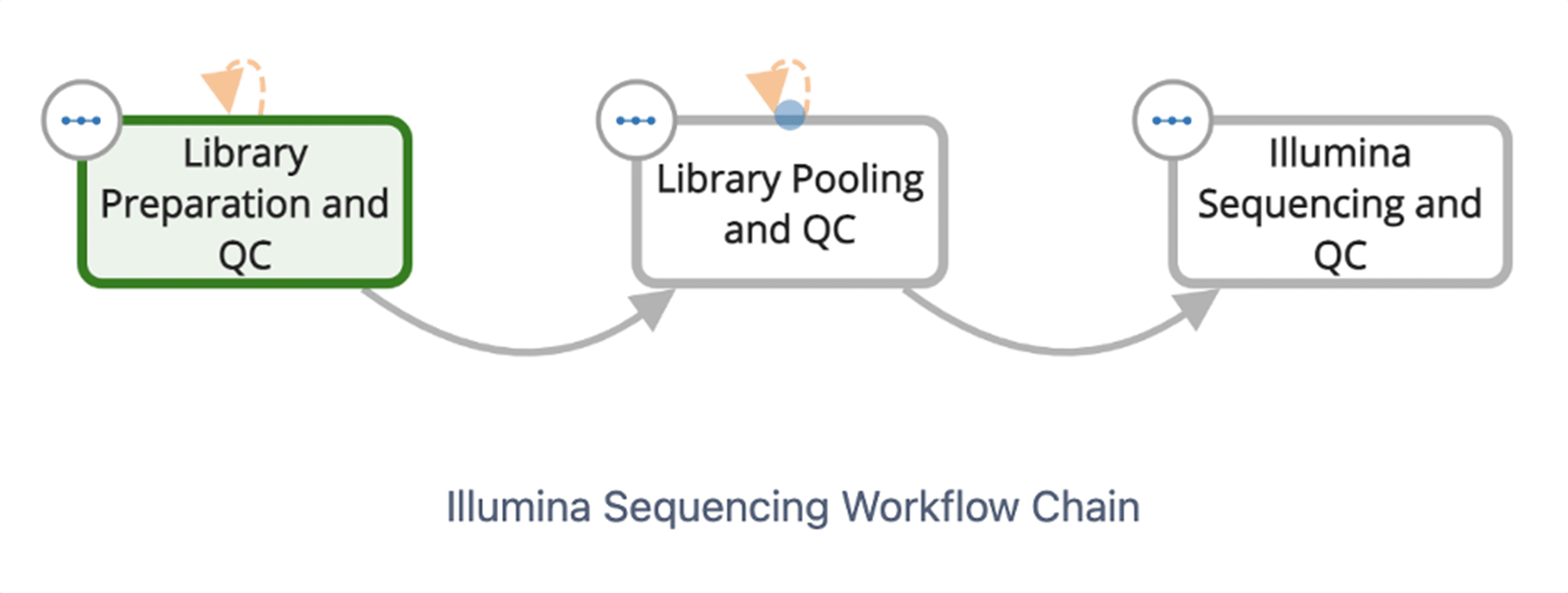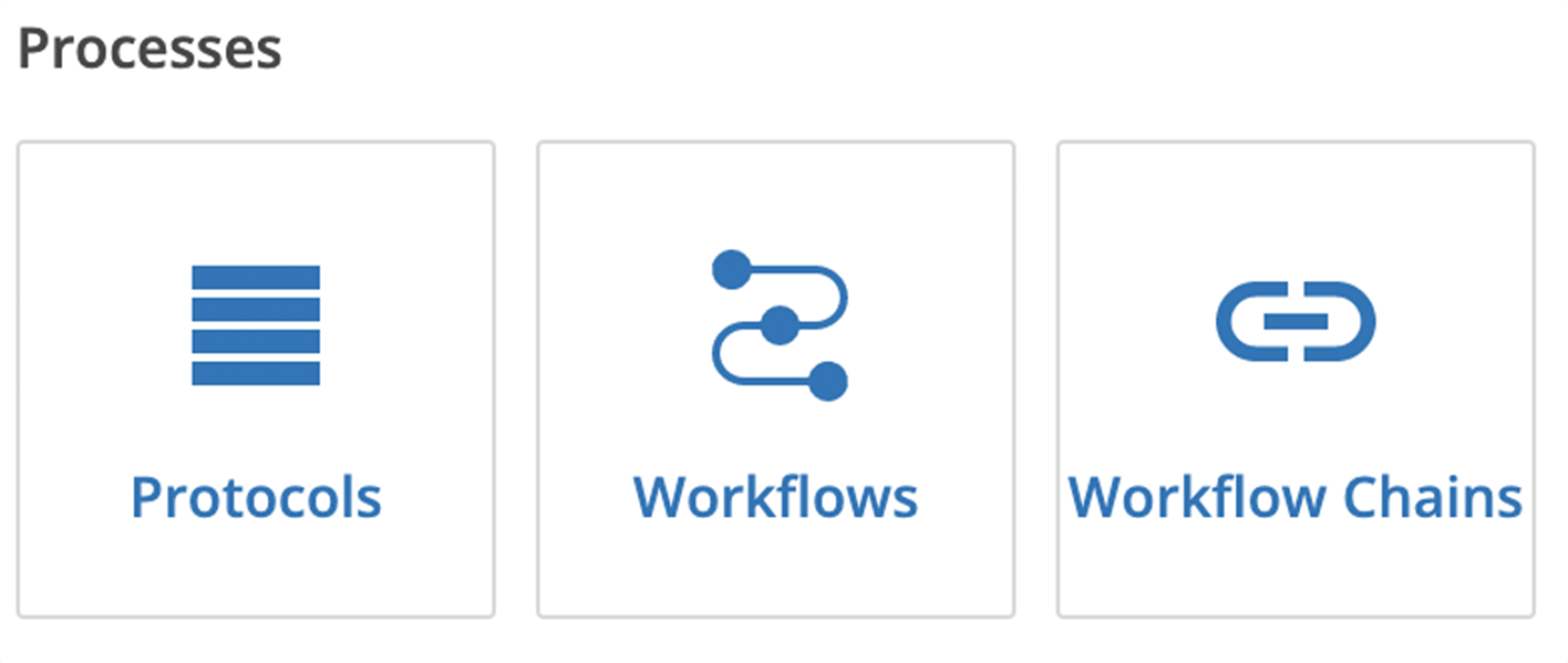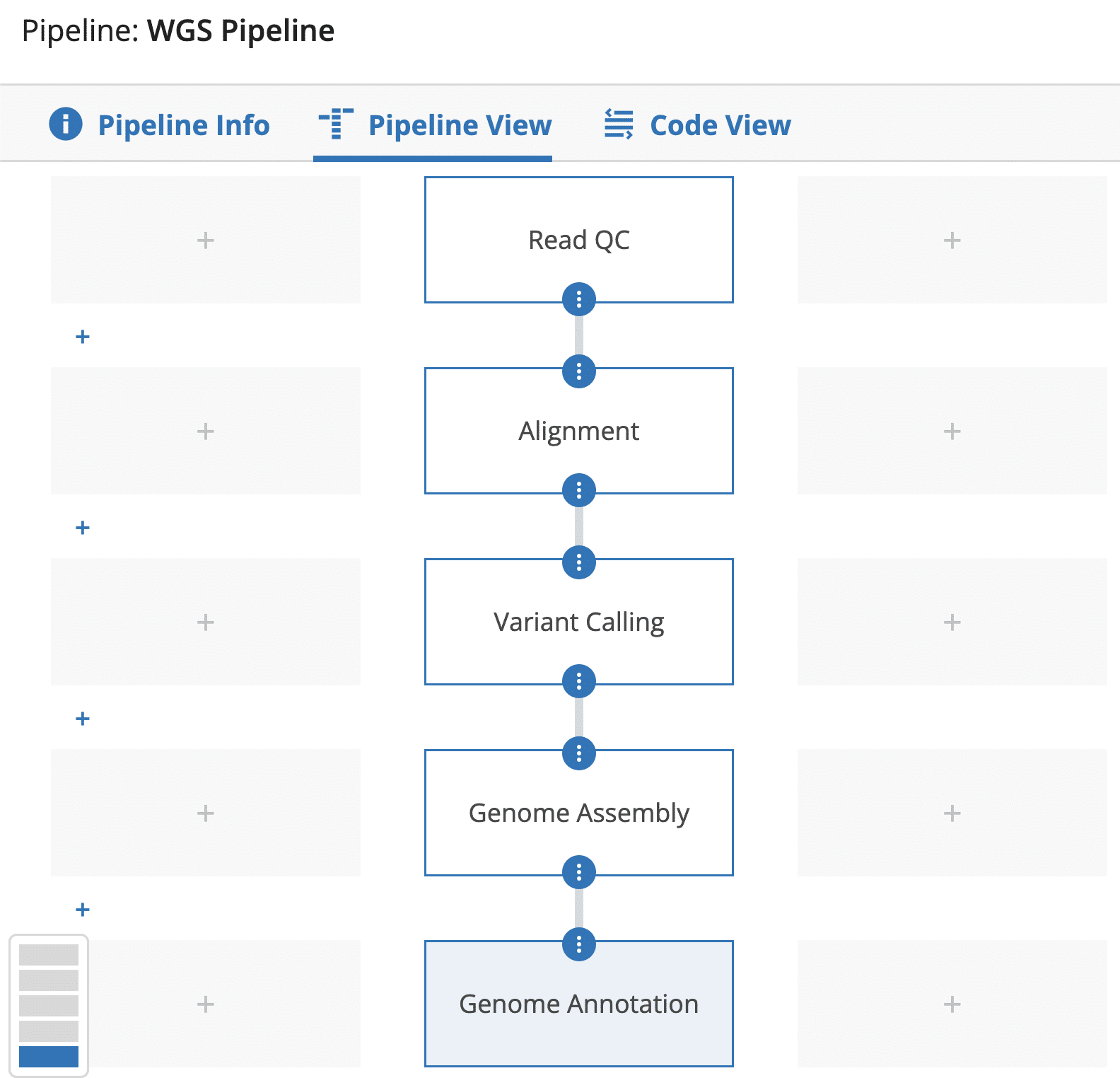L7 | CHATS
product update
What are L7|ESP Scientific Digital Content?
by Brandon Varela | posted on March 07, 2023
Our Enterprise Science Platform (L7|ESP) is an extremely flexible and configurable platform, which empowers our customers to accurately digitalize their operations. In order to configure their ESP servers, our customers leverage L7|MASTER to represent their methods and operational processes. In this article, we describe the main ESP Scientific Digital Content that are also available in our L7|HUB server.
Data Models
- Entity Classes are used as a broader classification of Entity Types, which can then be accessed in a separate Application. For example, one could create an Assets Entity Class, which would include different Entity Types, such as Sequencers, Liquid Handlers, etc.
- Entity Types are used to identify what Entities we are working with. Different Entity Types can have different custom variables. For example, a DNA Extraction Entity Type could include variable fields for Extraction Date, Extraction Kit Used, etc.
- Container Types are used to track the location of our Samples. Containers can be configured to have two dimensions, as well as custom variables. Container can be nested, which means our users can configure as much granularity as they need for their operations. For example, the following server includes 5 Container levels:
- Room A
- Freezer 1
- Shelf B
- Rack 2
- 96-Well Plate C
- SAMPLE0001
- …
- 96-Well Plate C
- Rack 2
- Shelf B
- Freezer 1
- Room A
- Item Types are used to track Inventory Item details and usage. L7|ESP can be configured to alert users when Inventory Items go under a configured threshold to prevent running out of critical Inventory Items, which would bring operations to a halt.

Processes
Processes are used to map scientific operational processes, which are then used in LIMS to collect relevant process data for our Samples.
- Protocols are the smallest building blocks. They represent ordered steps in a larger process, the Workflow. Protocols can be used to collect process data, run analytical pipelines or create relationships between different Samples -e.g. create a Sample aliquot and track its genealogy.
- Workflows are the intermediate building blocks. Workflows are sets of ordered Protocols. Workflows can be chained together to digitalize end-to-end more complex processes.
Workflow Chains are sets of logically chained Workflows. Workflow Chains support repeating or skipping Workflows as needed. For example, if a step fails, then the relevant Samples can be re-submitted to the appropriate Workflow. In the example below, The Illumina Sequencing Workflow Chain is composed of three Workflows (1) Library Preparation and QC, (2) Library Pooling and QC, and (3) Illumina Sequencing.


Extensions
- Applets are used to streamline specific areas of our customers’ operations
- Reports are used to extract insights from an L7|ESP database.

Pipelines
- Pipelines are used to run a computational process. These can range from parsing files and associate the resulting data to Entities or process data, generate physician ready reports, run bioinformatics analysis, connect to external databases, and more. Pipelines are composed of smaller reusable building blocks called Tasks.

